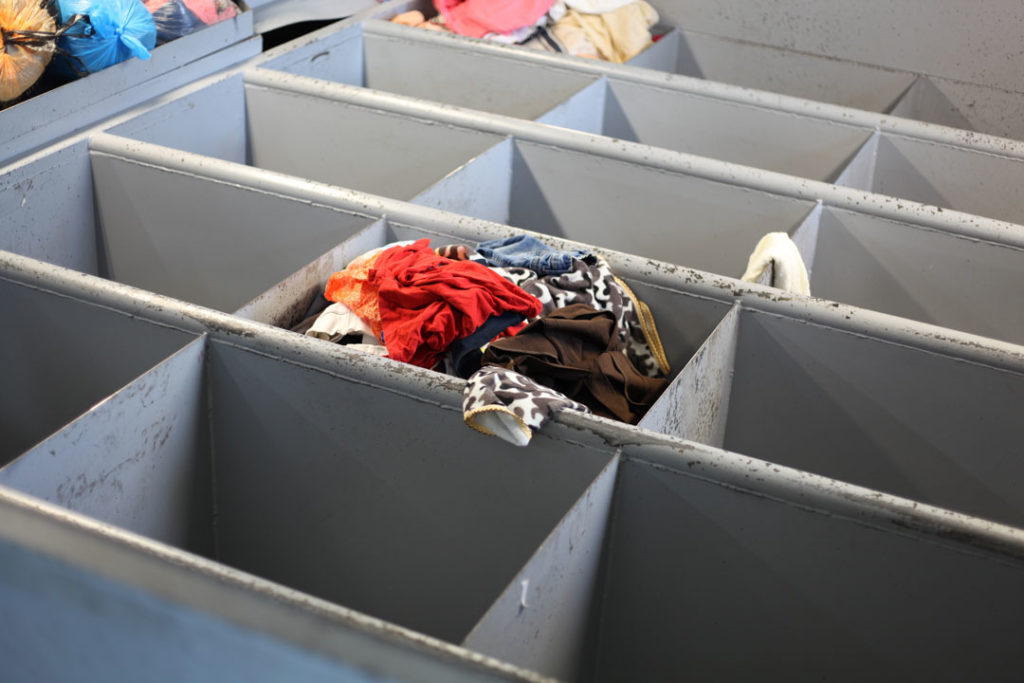Re-use of discarded textiles causes a lower environmental impact than the use of new textiles
With its advanced sorting process and effective marketing, Wieland Textiles realizes an impressive environmental performance. By closing the loop for over 8,800 tons of discarded textiles every year, Wieland mitigates a huge negative environmental footprint due to the production of new textiles. Please find below some controversial examples:
- the negative impact of the production of wool and silk on the climate and the exploitation of land
- the waste of water during the production of cotton and silk
- the dispersion of toxic materials in the environment due to the production of bioplastics, elastane, cotton, leather, polyester, viscose and wool.
The sustainable impact of textile recycling is hard to quantify, due to the enormous diversity of textile products, fabrics and raw materials. These are the results of multiple production processes at various production facilities in all parts of the world. It is evident however, that the re-use of discarded textiles has a much lower environmental footprint than the use of new textiles (see the overview below). In the case of cotton, the environmental impact of recycled fibers is even approximately 10 times lower than the use of virgin cotton fibers!

Wieland realizes a CO2 reduction of over 35 per cent of total CO2 emissions of Zaanstad municipality
It is possible to give a rough quantification of the positive environmental impact of Wieland’s activities, looking at the 3,978 tons of collected textiles that Wieland has upcycled in 2017 as secondhand clothes (see the overview below). This is the equivalent of over 15.9 million pieces of garments. Moreover, in this estimation, it is assumed that *the prevention of sales of three new garments results in savings of approximately 57 kg CO2 per year, and that *every sold second-hand garment prevents the sale of one new garment. From this it can be deduced that in 2017, Wieland has contributed to a CO2 reduction of 302 kiloton CO2 with the upcycling of 15.9 million second-hand garments. This is the equivalent of the total CO2 emissions of the chemical plant of Akzo Nobel Chemicals B.V. in Hengelo in 2016 (over 291 kiloton) and over 35 per cent of the total CO2 emission of Zaanstad municipality in 2016 (857,714 tons of CO2, excluding CO2 emissions on highways).
Sources: CE Delft, Milieu Centraal, Klimaatmonitor Ministerie I&W and Dutch Emissions Authority (NEa)


